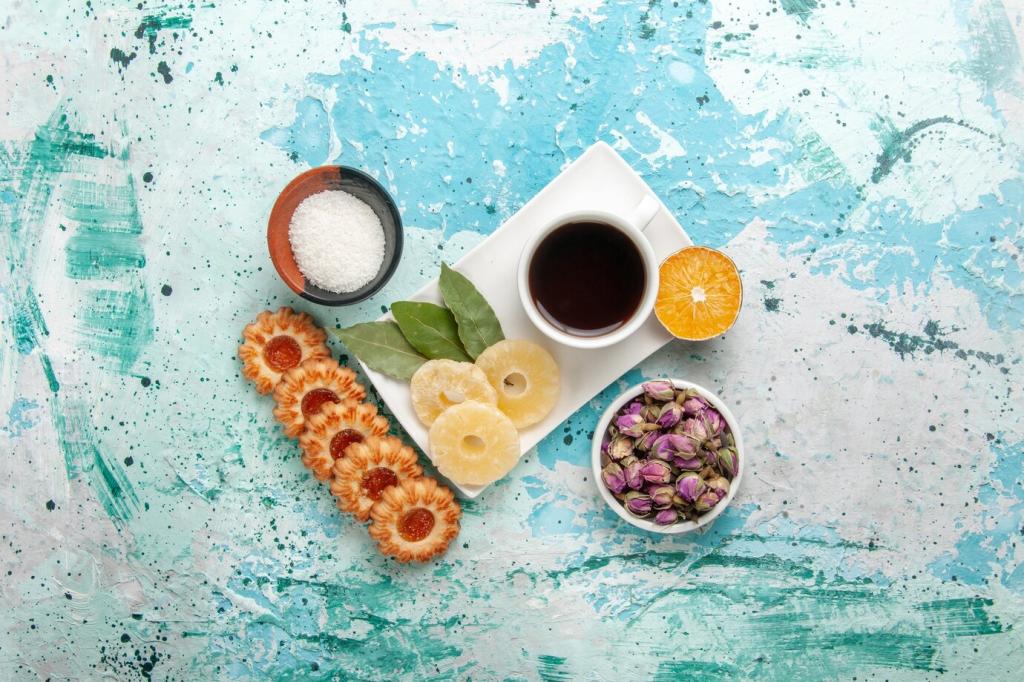
Modern Sous-Vide Methods for the Home Cook
The world of home cooking has undergone a revolution, thanks in part to the rise of sous-vide cooking. Once reserved for professional kitchens with expensive, industrial-grade equipment, sous-vide has transitioned into the home cook’s realm, offering unprecedented control over temperature and doneness. This method ensures succulent meats, perfectly tender vegetables, and robust flavors without the complexity one might expect. As accessibility increases, understanding modern sous-vide techniques becomes key to elevating your home-cooked meals to restaurant quality.
Temperature Precision
At the core of sous-vide’s effectiveness is its ability to maintain precise temperatures across lengthy cooking times. This is crucial for proteins like beef, poultry, and fish, where slight changes in temperature profoundly affect texture and juiciness. Unlike ovens and stovetops, which routinely fluctuate in heat, sous-vide immersion circulators keep water at a stable, predetermined degree. As a result, foods reach their target internal temperature gradually and stay there without unintended variance, leading to uniform doneness throughout.
Moisture Retention
One of sous-vide’s primary advantages is the retention of moisture in the sealed pouch. When cooking over direct heat, water and volatile flavors can escape, leading to dryness or lackluster taste. Sous-vide traps juices and aromatic compounds in the bag, intensifying natural flavors while keeping proteins juicy and vegetables vibrant. This method also minimizes oxidation and nutrient loss, ensuring your carrot is as sweet and colorful as possible, and your chicken breast is deliciously moist without needing extra fats.
Essential Sous-Vide Equipment for Home Kitchens
Immersion Circulators
A sous-vide immersion circulator is the gateway to precision cooking. Compact and designed for home use, these devices clip to a pot or dedicated container, circulating and heating water to your chosen temperature. Modern models come with digital controls, Wi-Fi or Bluetooth connectivity, and easy-to-read displays. These features let you monitor progress from your phone or tablet, setting up busy cooks to multitask confidently while their food cooks perfectly in the background.
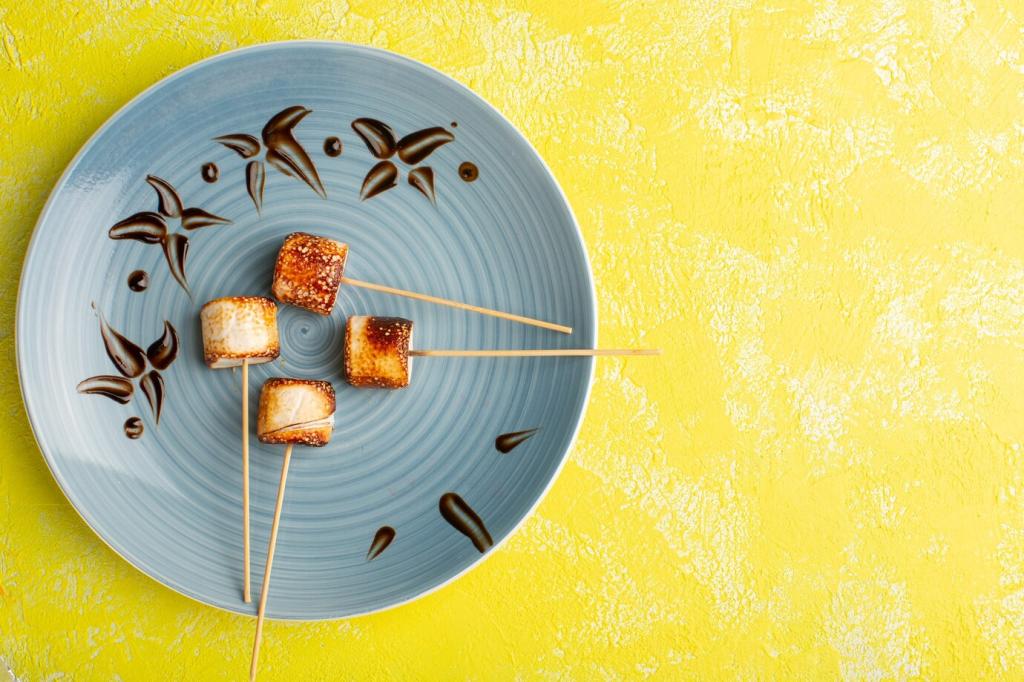
Previous slide
Next slide
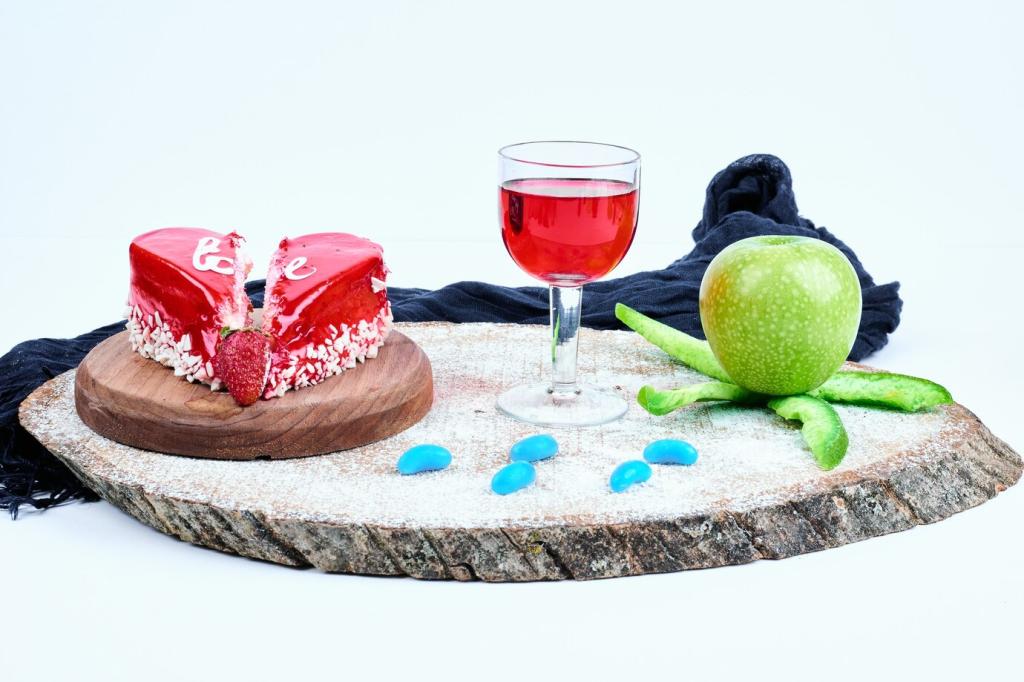
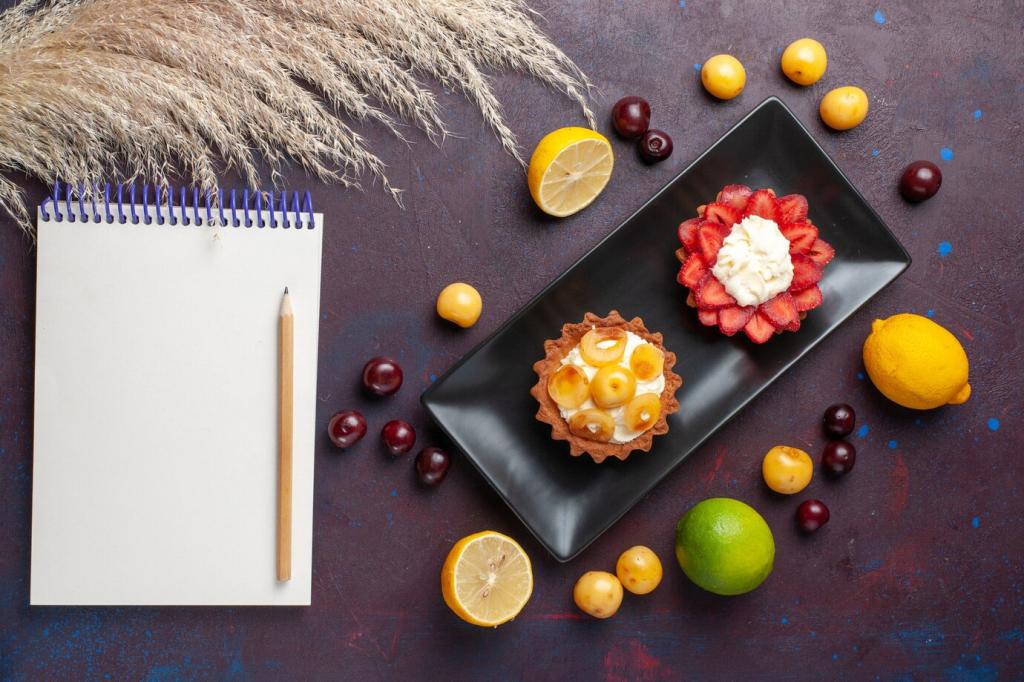
Low and Slow Cooking
For tough cuts of meat, like brisket or short ribs, sous-vide excels at transforming connective tissue without drying out muscle fibers. Extended cooking times at relatively low temperatures break down collagen, yielding rich, tender, juicy results. Unlike traditional braising, the meat remains juicy and slices cleanly, thanks to below-boiling heat maintained over hours or even days, turning value cuts into gourmet centerpieces.
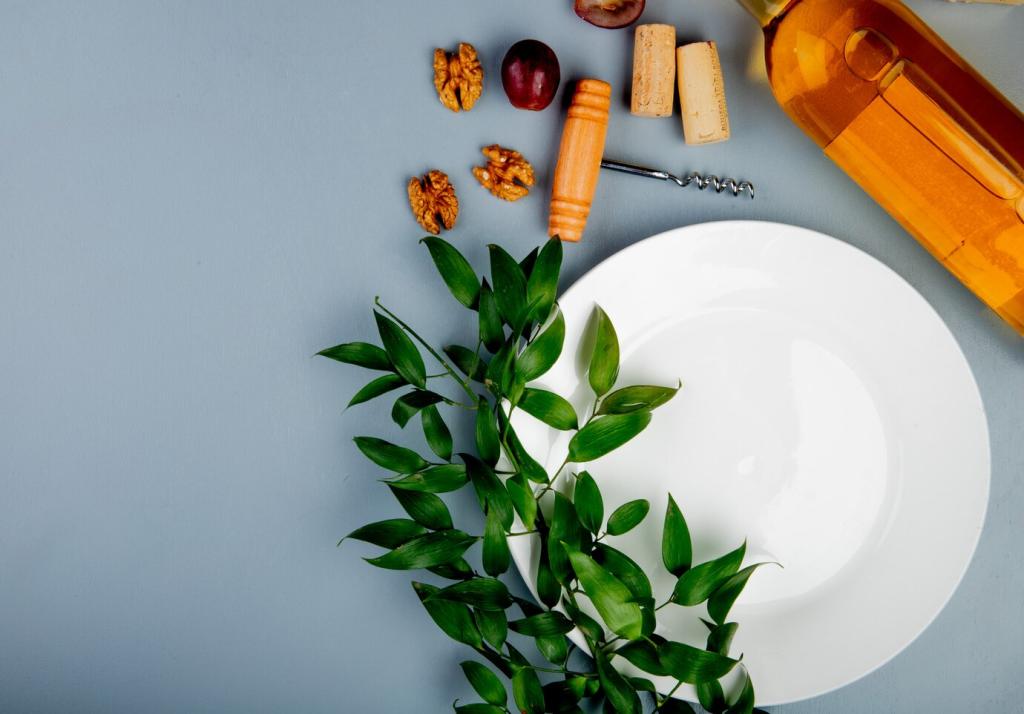
Timing for Perfect Proteins
One of the fears in cooking proteins is the razor-thin margin between underdone and overcooked. Sous-vide vastly widens that window by holding food at the exact doneness you desire. Chicken breasts, for example, can remain juicy and safe at lower temperatures, while steak can be cooked to rare, medium, or well-done simply by adjusting time and temperature—not guessing or hovering over a hot pan. This precision ensures repeatability for home cooks, whether preparing dinner for two or a crowd.
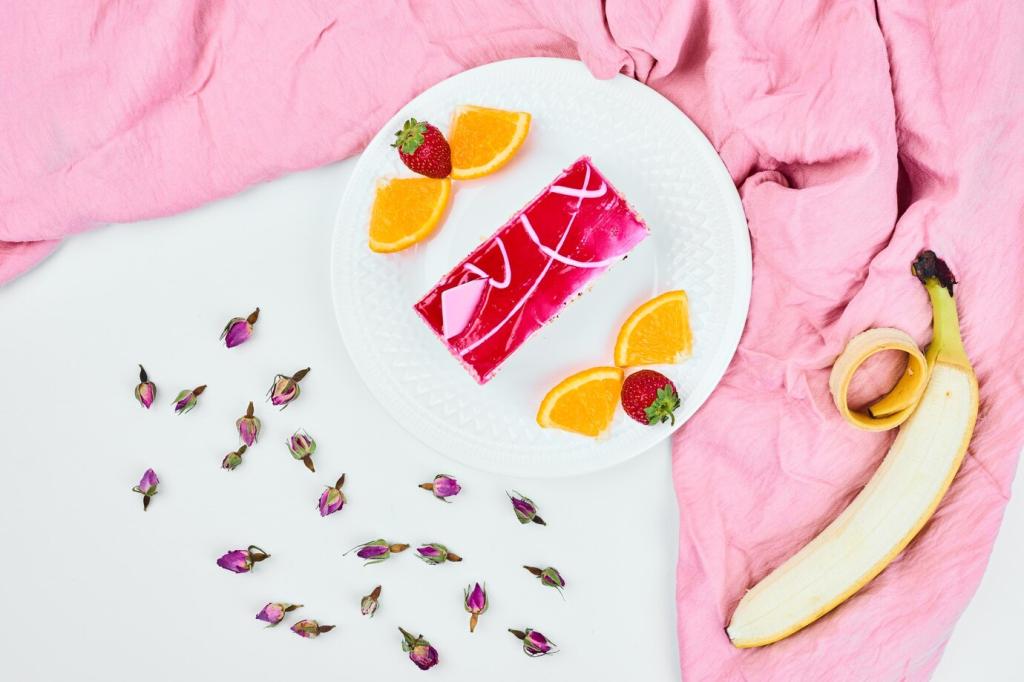
Vegetables and Delicate Items
Vegetables have their own temperature sweet spots when cooked sous-vide, maximizing flavor concentration and texture. Root vegetables become creamy yet retain structure, while delicate foods like fish or eggs are protected from overcooking. For instance, salmon can rest at a gentle 120°F, resulting in a buttery, translucent fillet. Mastering the marriage of timing and temperature for each ingredient unlocks a wide range of culinary possibilities, all reproducible at home.
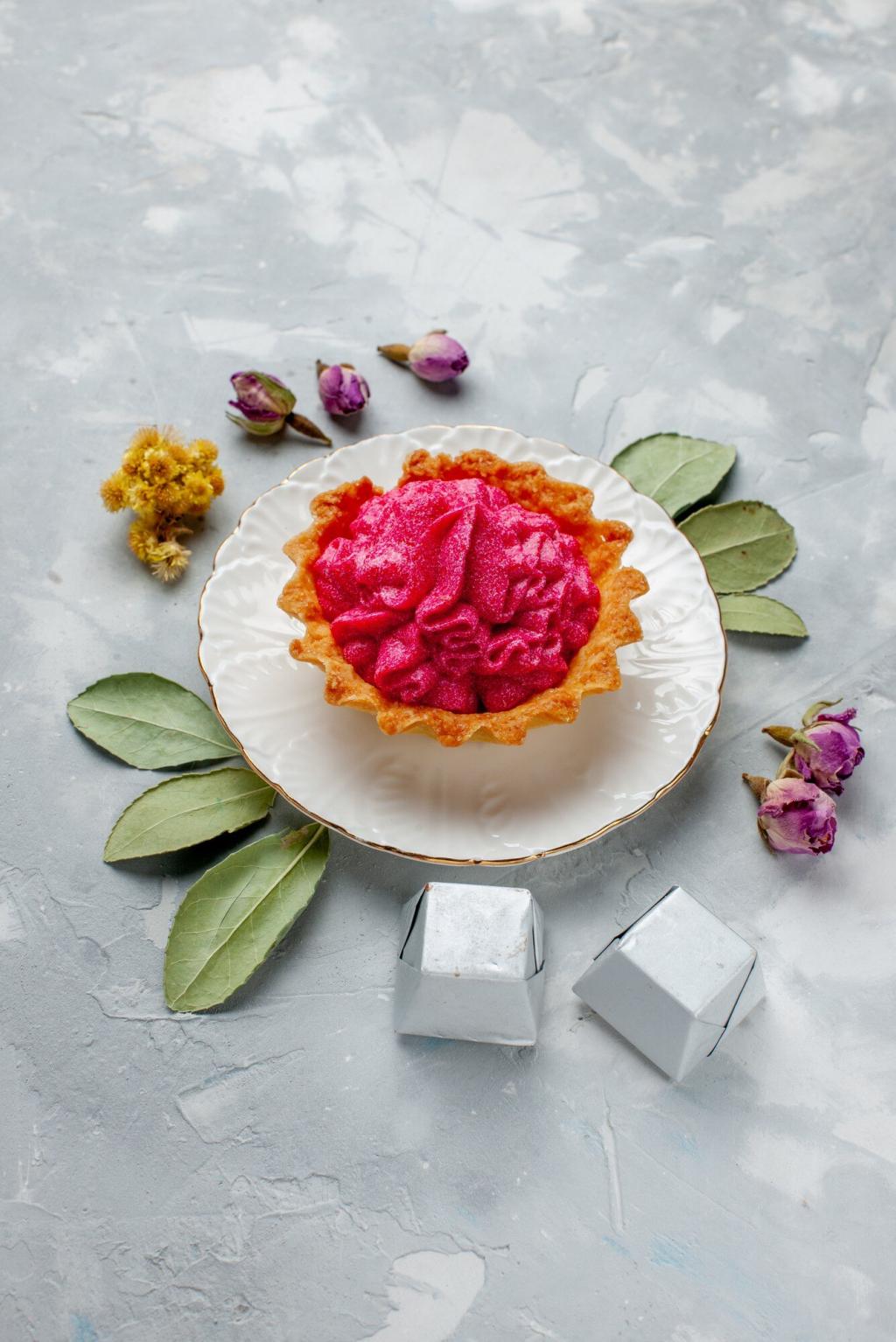
The Importance of Searing
Sous-vide cooking does not brown meats or caramelize sugars, leading to food with a uniformly pale exterior. A proper sear after sous-vide cooking addresses this, producing a Maillard reaction—a flavorful, aromatic crust. This step is essential for steaks, pork chops, and even some vegetables. Using a hot skillet, grill, or torch for a brief finish imparts visual appeal and additional complexity, transforming a good dish into something extraordinary.
Choosing the Right Finishing Method
Several methods can provide the ideal sear for different foods. Cast iron pans conduct and retain heat well, creating a quick, even crust without overcooking the interior. Propane or butane torches offer targeted browning, great for thin or delicate items. Outdoor grills can introduce smokiness alongside an attractive seared pattern. Matching your finishing approach to your dish and personal preferences helps maximize the impact of flavor, color, and aroma with minimal extra effort.
Avoiding Overcooking During the Sear
The major benefit of sous-vide is precise internal doneness. When searing, care must be taken to avoid undoing this advantage. The key is dryness: patting food dry before searing to promote crisp browning without steaming, and working quickly at high heat to limit carryover cooking. Sear only as long as needed for color and texture, then serve immediately. This careful approach ensures every bite delivers the exact results you worked so diligently to achieve.
Everyday Meals Made Better
Sous-vide is not just for show-stopping entrees; it can elevate everyday dinners and meal prep. Perfectly cooked chicken breasts for salads, tender root vegetables for sides, or even infallible scrambled eggs—all are achievable with minimal effort. Repeatable results mean you can batch-cook proteins or vegetables for a week’s worth of quick, healthy meals, making diet planning simpler and tastier.
Advanced Dishes and Entertaining
For special occasions, sous-vide allows for creative spins on classic dishes. Think poached lobster tails rivaling restaurant quality, flawlessly custardy crème brûlée, or pork belly cooked to melting tenderness. The ability to prepare food ahead of time and hold it at serving temperature allows home cooks to entertain confidently, focusing on guests rather than timing every kitchen step to perfection.
Infusions and Beyond
The controlled, low-temperature environment is ideal not only for food, but also for crafting flavored oils, infused spirits, or aromatic syrups. Herbs, spices, or citrus zest can steep gently, their flavors fully extracted without bitterness or burnt notes. This opens new avenues for homemade cocktail elements, salad dressings, or marinades—enhancing your home cooking and beverage repertoire with the precision sous-vide offers.
Sous-Vide for Healthy, Nutrient-Rich Meals
Traditional boiling or high-heat methods can leach vitamins and minerals from vegetables and proteins, especially water-soluble nutrients. By sealing food in bags and cooking at moderate temperatures, sous-vide minimizes these losses. This preserves both the visual vibrancy and dietary value of your ingredients, ensuring you get the most out of every bite in terms of both health and taste.
Sous-vide enhances the natural flavors of foods, reducing the need for heavy sauces, excessive seasoning, or added fats to mask dryness or blandness. Lean meats remain tender without butter baths; flavorful vegetables can shine with only minimal salt or oil. Home cooks can precisely control what goes into each meal, tailoring dishes for specific dietary preferences and restrictions without compromise.
Ensuring food safety while eating healthfully is a priority for many families. Sous-vide cooking can pasteurize proteins at temperatures that preserve their juiciness and flavor, especially for immunocompromised individuals or picky eaters. By following recommended guidelines for time and temperature, you can reliably serve meat, eggs, or fish that are safe and succulent—making nutrition and peace of mind achievable every night.
